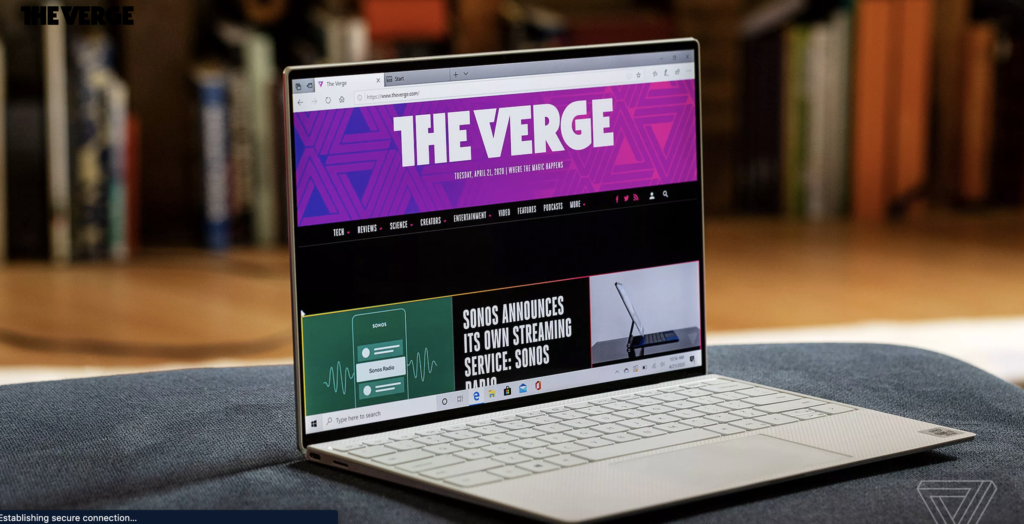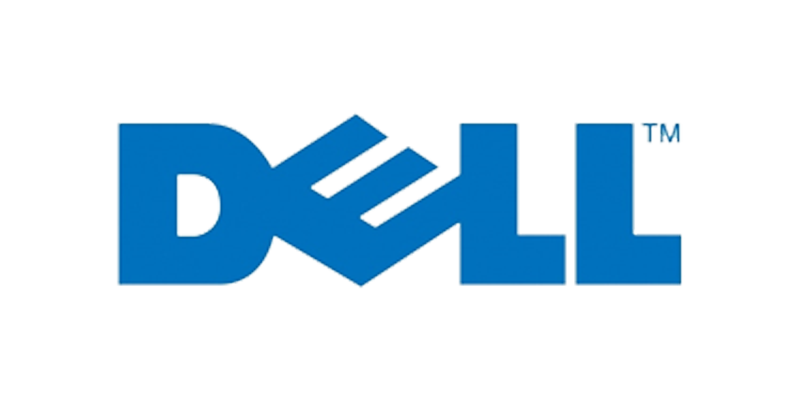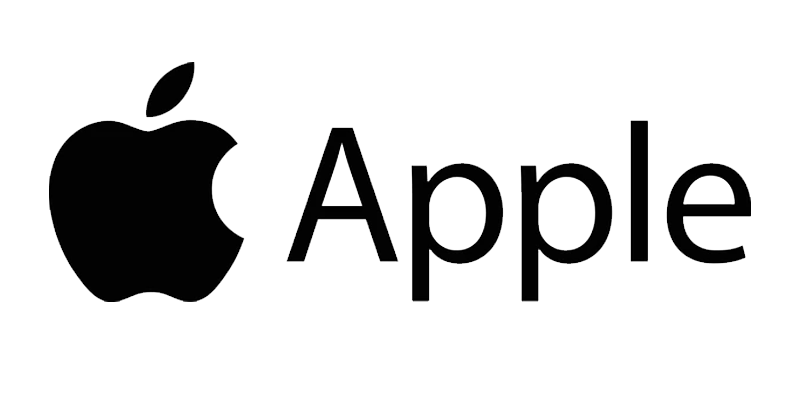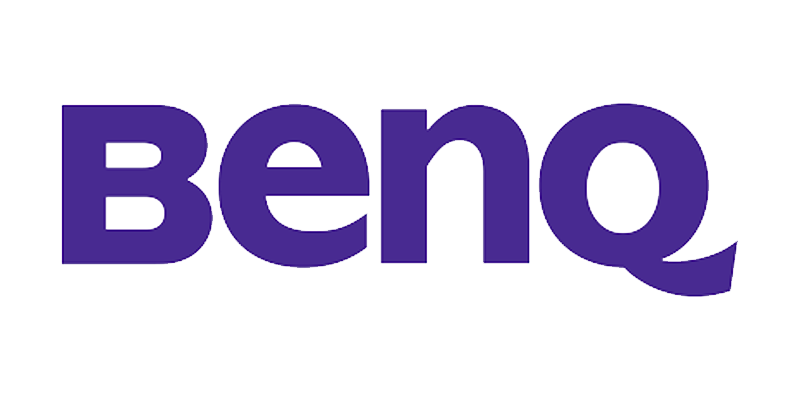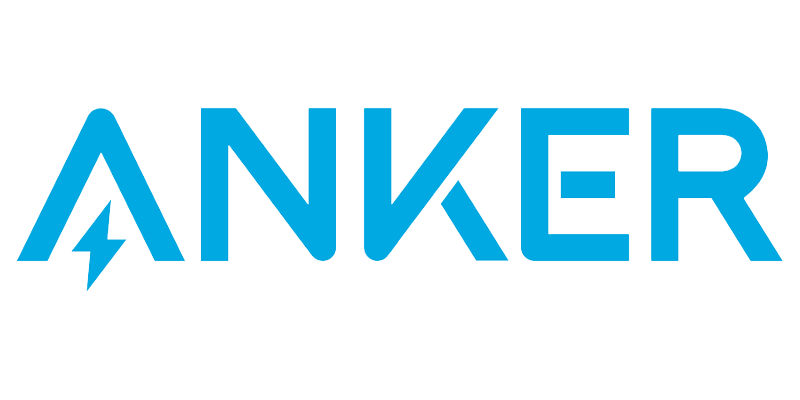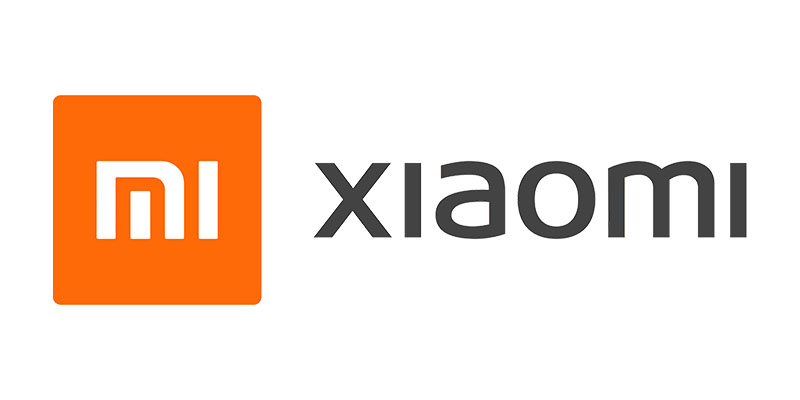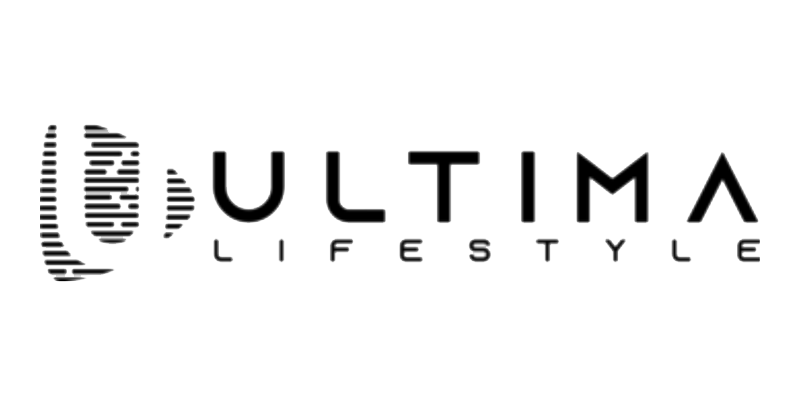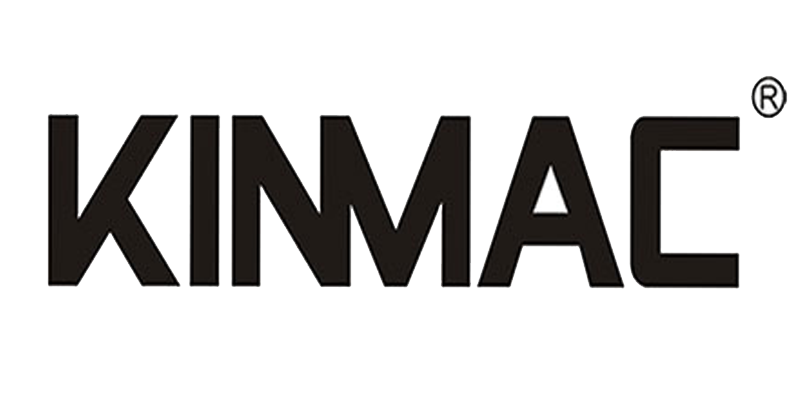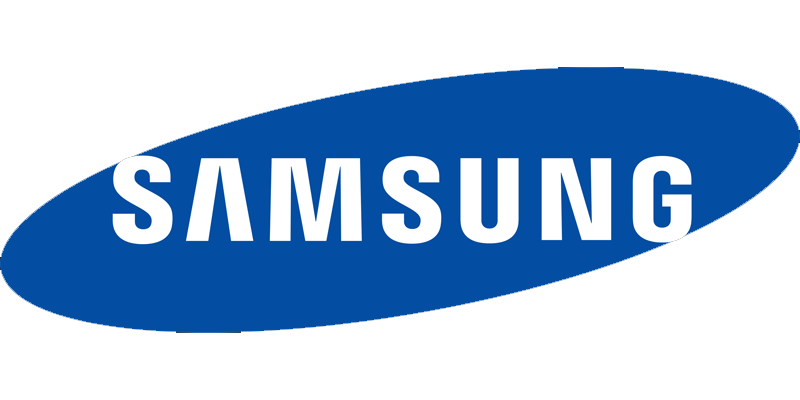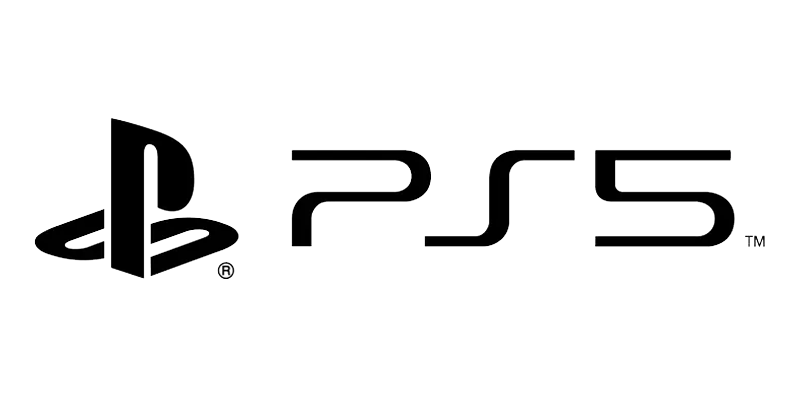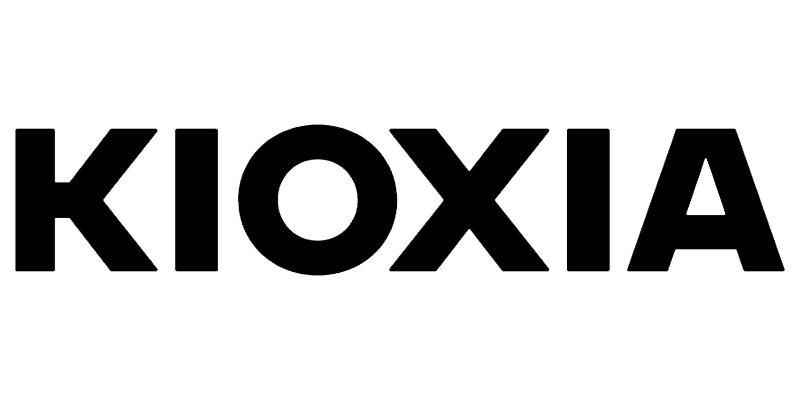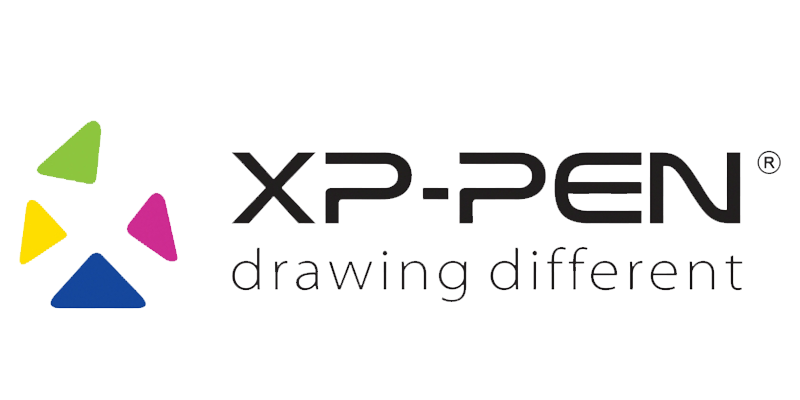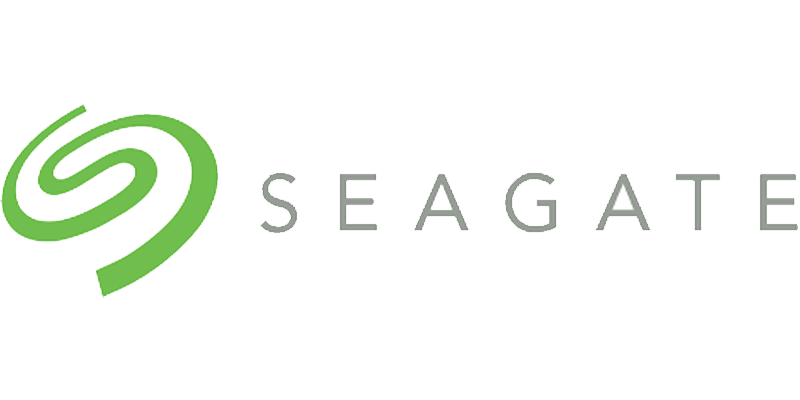DELL’S NEW XPS 13 IS EVERYTHING A WINDOWS LAPTOP SHOULD BE
Source: The Verge
https://www.theverge.com/2020/4/15/21221003/dell-xps-13-2020-review-core-i7-specs-features-price
Dell improves upon an already winning formula
Every time a new XPS 13 comes out, the question is always the same: is it still the best Windows thin-and-light laptop? I’ll spare you the suspense here: the answer is yes.
If there’s one thing Dell is great at, it’s not making sweeping innovations that change what we expect out of a laptop (at least, not with its XPS line). It’s figuring out what needs to be fixed and methodically addressing issues without breaking anything else along the way. Two years ago, it was the god-awful nosecam. Last year, it was the small touchpad and the 16:9 screen. Those were easy fixes and Dell corrected them. The result is a laptop that’s not perfect — but it does most things almost perfectly. Configurations on Dell’s website currently start at $1,199 — the one I tested is listed for $1,749.
The most noticeable change you’ll see from last year’s XPS is the display. No, your eyes aren’t deceiving you: the 16:9 screen is (finally!) no more. Dell has shaved a big chunk off the bottom bezel — it’s gone from 19.5mm to 4.6mm. (There’s also a dropped barrel hinge that hides a bit of it below the keyboard deck).
Dell has downsized the top and side bezels as well, resulting in a 16:10 display that’s 6.8 percent larger than that of its predecessor. The company claims a 91.5 percent screen-to-body ratio. It’s a lot of pixels — almost a million more than last year’s 1080p panel. And a few extra millimeters makes a big difference; I felt like I had more space than I usually do on 16:9 panels, and usually didn’t have to zoom out to comfortably work in two windows side by side.
OUR REVIEW OFDELL XPS 13 (2020)
VERGE SCORE9OUT OF 10
GOOD STUFF
- Beautiful, sturdy design
- Bezel-free 16:10 display
- Standout keyboard and touchpad
- Integrated graphics can handle some gaming
BAD STUFF
- Keyboard gets hot under load
- Limited port selection
- Bad webcam
The nearly bezel-less design also lends the whole device a new premium sort of aesthetic. With the logo and the white plastic bumpers gone, in combination with the extended keyboard and touchpad (more on those later), no space is wasted. It’s 2.8 pounds, the same weight as the MacBook Air, but a bit thinner at 0.58 inches. I feel like I’m looking at, and holding, a very nice computer.
The screen gets so bright (up to 500 nits) that I found it uncomfortable to use above 30 percent while I was browsing indoors. The Alien: Covenant trailer looked great, with deep and vivid colors and minimal glare to distract from dark indoor scenes. To nitpick, there was a bit of a blue cast to everything, which turning off the laptop’s Ambient Light Sensor did a bit to neutralize, but didn’t eliminate. It likely won’t impact a casual user’s viewing experience.
:no_upscale()/cdn.vox-cdn.com/uploads/chorus_asset/file/19915588/akrales_200421_3975_0080.jpg)
As usual, Dell offers a number of configurations of the XPS 13 on its website. I’ve got the $1,749 one, which includes a Core i7-1065G7, 16GB RAM, a 512GB SSD, and a 1920 x 1200 touchscreen.
The $1,199 base model has a Core i5-1035G1, 8GB RAM, a 256GB SSD, and a non-touch display — $1,299 gets you that configuration with a touchscreen. These specs should be enough for anyone who just intends to browse. If you plan on gaming, you’ll probably want more storage and RAM.
:no_upscale()/cdn.vox-cdn.com/uploads/chorus_asset/file/19897864/mchin_200413_3971_0010.jpg)
The 4K model starts at $1,549; that also buys 8GB RAM, 256GB storage, and a Core i5. And you can max the thing out with an i7, a 2TB SSD, 16GB RAM, a 3840 x 2400 touch display, and Windows 10 Pro for $2,309. (There’s also a $999 model with a Core i3 and 4GB RAM floating around somewhere, but it’s not currently listed on Dell’s website).
I haven’t been able to test a 4K model, but the 1920 x 1200 touchscreen looks good enough that anyone who’s not doing creative work probably doesn’t need to shell out extra for the higher-resolution panel. In addition, the lower-resolution model still gives you a touchscreen option, which wasn’t the case on older models, where you had to pony up for a 4K screen just to have touch capability. This one is more than adequate for gaming and Netflix viewing, and other reviews indicate that the 4K model is dimmer and will likely suck battery life to below acceptable levels.
:no_upscale()/cdn.vox-cdn.com/uploads/chorus_asset/file/19897858/mchin_200413_3971_0004.jpg)
:no_upscale()/cdn.vox-cdn.com/uploads/chorus_asset/file/19897857/mchin_200413_3971_0003.jpg)
DELL XPS 13 (2020) SPECS (AS REVIEWED)
- Processor: 10th Gen Intel Core i7-1065G7 (8MB cache, up to 3.9 GHz)
- RAM: 16GB
- Storage: 512GB
- Weight: 2.8 lbs
- Thickness: 0.58 inches
- Battery: 52Wh
- Display: 13.4-inch touchscreen (1920 x 1200)
- Camera: 720p
- Wi-Fi: Wi-Fi 6
There are two Thunderbolt 3 ports, a headphone jack, and a microSD slot (and the laptop ships with a USB-A adapter). It’s nice to have USB-C on each side, and I know legacy ports are falling out of fashion, but I’d personally trade one of the Thunderbolts for a built-in USB-A. I still have some older peripherals I hope to get more use out of — you may not, but a more diverse port selection means neither of us would need a dongle.
Now, about this new processor. You’re not alone if you’re confused by Intel’s big mess of 10th Gen chips, so here’s the TL;DR. The late 2019 XPS 13 is powered by a Core i7-10710U, which is a Comet Lake chip with six cores and 12 threads. This XPS has an i7-1065G7, which is an Ice Lake processor — four cores and eight threads. This might look like a downgrade on paper, but that actually depends on what you’re trying to do. Extra cores give you an advantage in computational tasks — crunching numbers, compiling code, elaborate things in Excel. But Ice Lake is better for tasks that might leverage a GPU (gaming, photo and video work, etc.) thanks to Iris Plus, its far superior Gen 11 integrated graphics.
:no_upscale()/cdn.vox-cdn.com/uploads/chorus_asset/file/19897856/mchin_200413_3971_0002.jpg)
:no_upscale()/cdn.vox-cdn.com/uploads/chorus_asset/file/19897865/mchin_200413_3971_0011.jpg)
:no_upscale()/cdn.vox-cdn.com/uploads/chorus_asset/file/19897855/mchin_200413_3971_0001.jpg)
:no_upscale()/cdn.vox-cdn.com/uploads/chorus_asset/file/19897860/mchin_200413_3971_0006.jpg)
Iris Plus delivered perhaps the best gaming performance I’ve seen from an integrated GPU. The XPS breezed through League of Legends, averaging frame rates in the low 160s and never dipping below 110, and pulled a consistent 70fps in Rocket League on maximum settings, with a low of 41. Overwatch was even playable on Ultra settings, hovering in the low 40s with a low of 21. (On Epic settings, it delivered mid-30s. On Medium, low 50s). That’s comparable to the performance we got from last year’s Razer Blade Stealth, which ran an MX150 discrete graphics card. I’m comfortable saying now that if you want to do light gaming, you no longer need to bother with a low-tier MX chip. This system got the job done just fine.
Of course, the XPS isn’t a gaming rig by any means. Shadow of the Tomb Raider was not playable, stumbling along at an average of 17fps on the lowest settings. It wasn’t just a stuttery experience; it was like watching a flip book. I’m aware that running Tomb Raider on this machine is overkill; anyone who wants to play that isn’t buying an XPS 13 with integrated graphics as their primary device. I only mention such a graphics-heavy task because it’s the point where the limits start to show.
:no_upscale()/cdn.vox-cdn.com/uploads/chorus_asset/file/19915587/akrales_200421_3975_0065.jpg)
AGREE TO CONTINUE: DELL XPS 13 (2020)
Every smart device now requires you to agree to a series of terms and conditions before you can use it — contracts that no one actually reads. It’s impossible for us to read and analyze every single one of these agreements. But we started counting exactly how many times you have to hit “agree” to use devices when we review them, since these are agreements most people don’t read and definitely can’t negotiate.
To start using the Dell XPS 13, you’ll need to agree to the following:
- A request for your region
- A request for your keyboard layout
- Windows 10 license agreement
- Microsoft account
- PIN
- Dell’s Support and Protection
You can also say yes or no to the following:
- Wi-Fi
- Windows Hello face and fingerprint recognition
- Activity history
- Syncing an Android phone
- OneDrive backup
- Office 365
- Cortana
- Privacy settings (speech recognition, location, Find My Device, sharing diagnostic data, inking and typing, tailored experience, advertising ID)
- McAfee security subscription
Final tally: six mandatory agreements and nine optional agreements to use the XPS 13.
The XPS handled my daily multitasking — swapping between 15-20 Chrome tabs, Slack, and Spotify, often with downloads running in the background — without a stutter. Multitasking did cause some heat, particularly in the keyboard area. Outside of gaming, the device was never uncomfortable in my lap, but my fingers could often feel the heat beneath the keycaps when I was running as few as eight tabs — and the keyboard was downright hot during games (even League). The good news is that the XPS does a good job of keeping the CPU cool. I never experienced throttling, and the i7 stayed fairly consistently in the high 60s and low 70s throughout my 30-minute session of Tomb Raider. The fans, meanwhile, were audible, but not annoyingly loud.
The heat is my only major complaint about this device; everything else ranges from adequate to exceptional. The battery life, for example, is not the best in the category, but it’s still very good. Handling my typical workload (described above) at 50 percent brightness (brighter than I typically need indoors, as noted earlier), the XPS lasted seven hours and 20 minutes on the battery saver profile (which didn’t cause any slowdown). That should just about get you through a work day, and the screen is bright enough that you can easily browse at 30 or 40 percent if you need more juice.
I was also able to finish a 90-minute movie at maximum brightness with about 80 percent left in the tank. Even gaming on battery was decent; I got three hours of League of Legends in performance mode at full brightness. The game was playable for much of that time, dropping below acceptable thresholds at around 15 percent.THE XPS HANDLED MY DAILY MULTITASKING WITHOUT A STUTTER
For the past year, the XPS 13’s keyboard and touchpad have been my favorite keyboard and touchpad on the market. Their 2020 variants continue to earn their stripes. Dell hasn’t ported over the butterfly keys of the XPS 2-in-1; these keys have 1mm of travel, and they’re snippy, satisfying, and not too loud. My fingers flew, and I made fewer mistakes than usual. The keyboard is now edge-to-edge, and the keycaps are 9 percent larger. That doesn’t seem like much, but I can feel the difference. The touchpad is also 17 percent larger than last year’s model; the surface is delightfully smooth and the click is effortless.
The audio isn’t what you’ll get from a competent external speaker, but it’s still about as good as anything I’ve ever heard from a laptop. Bass wasn’t strong, but the percussion had some oomph, and the bottom-mounted speakers filled a decent-sized room. The sound was a bit distorted at max volume, but crystal clear at 90.
If the XPS 13 has a true weakness, it’s the webcam. The 2.25mm 720p shooter delivers an almost comically grainy picture — my hair looked like a blurry blob, and my background was either washed out or very dark with no middle ground. Miraculously, though, Windows Hello worked just fine, recognizing me instantly in diverse settings and conditions. And Dell deserves credit for squeezing a functional camera into a bezel so tiny — really, I’ll take anything over the nosecam of prior years. (If facial recognition isn’t your speed, a fingerprint reader is also reliable).
:no_upscale()/cdn.vox-cdn.com/uploads/chorus_asset/file/19897859/mchin_200413_3971_0005.jpg)
For a flagship product, this has been a boring review. That’s a good thing, though, because I really don’t have much to say. The XPS 13 speaks for itself. This isn’t a laptop that’s trying to push boundaries or rewrite the rules; it’s just giving users what they want. I would take a better webcam, I would take better cooling, I would take a USB-A, and I would take a slightly more color-accurate screen. But none of those are glaring flaws because they aren’t big impediments to the user experience. And in the areas that matter most — build, display, keyboard, touchpad, battery life, performance — the XPS 13 doesn’t just check all the boxes. It blows the boxes off the page.THE XPS 13 SPEAKS FOR ITSELF
Dell is still charging a price premium for this package, and you’ll pay a little more for the XPS 13 than some of its direct competitors (Apple aside). But most people will be satisfied with the mid-tier $1,299 model and I don’t think anyone will feel like they aren’t getting their money’s worth with this laptop.
There are a number of laptops out there that get just about everything right. But most of them have at least one area of serious concern where the XPS edges them out. On HP’s Spectre x360, it’s the 16:9 screen. On the Surface Laptop 3, it’s the lack of Thunderbolt. On the Surface Pro 7, it’s the dated design. On the MacBook Air, it’s the battery life. To be the best laptop you can buy, the XPS 13 doesn’t need to do everything perfectly; it just needs to do everything a little bit better. And for yet another year, it does.

 Shop By Brands
Shop By Brands Neo's Great Year End Sale!
Neo's Great Year End Sale! After SEE Student Fest
After SEE Student Fest Laptops & Computers
Laptops & Computers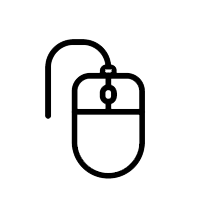 Computer Peripherals
Computer Peripherals Audio | Headphones
Audio | Headphones Cameras
Cameras Mobiles | Tablets
Mobiles | Tablets Home | Kitchen
Home | Kitchen Video Collaboration
Video Collaboration Fitness | Health Care
Fitness | Health Care Car Accessories
Car Accessories

